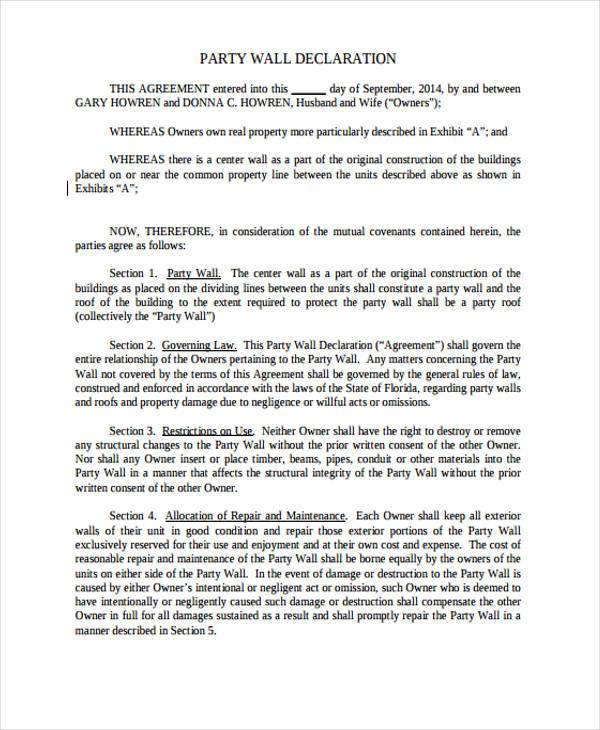
Exactly How To Fix A Concrete Wall Surface: 4 Actions For A Quick And Easy Repair Service
Preserving Wall Surface Repair Work Cost Price To Repair Keeping Wall Extensive dirts (clay soils that expand and reduce with water) might require to be gotten rid of and replaced, increasing the price of your project. Overgrown tree origins might likewise require excavation, needing added tools and labor that will impact the cost of the maintaining wall surface fixing project. A brick or rock retaining wall will set you back more to repair than various other products such as vinyl or railroad connections. The cost to repair a concrete, aggregate, steel, or cinder block keeping wall surface will certainly exist someplace in the middle ground.The Best Soil For Aloe Vera
The overall price of leaning keeping wall surface repair service varies from $300-- $8,000, relying on your issue and the repair choices applied. If you remain in search of economical solutions, call Shared Wall Agreement American Eagle Professional Solutions Inc. currently. Nonetheless, you need help from an expert who can implement the right fixing services after evaluating the wall surface's problem.Security Factors To Consider
Correcting the alignment of a preserving wall expenses $60 to $80 per straight foot. You might require to straighten out a retaining wall surface if it is leaning and appears like it may drop. Wall surfaces that are not directly often bend and fall if left ignored, so have them aligned for safety and security and aesthetic reasons. Comply with the very easy steps listed below to effectively fix a concrete block wall surface. To begin with, there are a couple of standard jobs you need to do often to assist stop any concerns with your keeping wall surface. The most important reason to take into consideration a seawall is to shield your coastline versus the forces of disintegration, flooding, and more. Here's a malfunction of those and various other factors to consider mounting a preserving wall. If building contractors include too much water right into the concrete mix throughout construction, the chemical bonds that develop a strong and sturdy surface area will certainly compromise. Protruding, breaking, and noticeable leaning are among the usual indications of a bowing retaining wall. Retaining wall surfaces are constructed to hold soil back and stop dirt disintegration. However when the dirt around the walls is filled, it puts pressure on your wall surfaces and creates bowing. Some other factors that damage your keeping wall surfaces are root intrusion, damaged seamless gutters or downspouts, and improperly graded landscapes. The shaft is put with a hole in your keeping wall and the anchor is driven deep into the soil behind it. The support is safeguarded by a steel plate and nut at the front of your keeping wall surface, which can then be slowly tightened till your wall is back to its original placement. Decomposed areas of your keeping wall will need to be changed before they endanger the structural stability of your wall surface. Typically the trouble is a result of even more weight behind the retention wall surface than it can handle, which can be caused by a variety of concerns. With the lovely spring and summertime weather right nearby, currently is the time to start intending methods to make your yard stand apart. Constructing an outdoor patio keeping wall is a stunning means to boost your lawn. Step 1-- Patch the Cracks and Remove any Damaged Cinder BlocksTo fix the concrete block retaining wall, you need to remove what's damaged. For splits, utilize a cord brush to remove loose pieces of concrete and mortar.- Such fractures need a punctual, professional evaluation to keep track of the progression of damage and identify the essential treatments.
- To stay clear of the requirement for retaining wall surface repair service solutions, see to it you examine your retaining wall surfaces on a regular basis for signs of fractures, falling apart, holes, or leakages.
- However, in time, (specifically when created improperly) retention wall surfaces can start to fracture and stop working.
- After that, you can start building a brand-new preserving wall surface.
Can you change a retaining wall surface on your own?
, but that can lower your garden room. On top of that, if the wall is too old, there are possibilities that it might break down and harm the brand-new wall surface. If you have a rotten lumber wall surface, the damages can infect the brand-new one. You desire setting-type joint substance. DuraBond specifically must be closer to plaster strength than a lot of various other stuff. You can also use spackle however this will certainly be stronger, take much less time to dry, and will not reduce virtually as much. You can load the extremely deep recesses with paper so you do not need rather as much. One means to shield wood is to make use of a timber preservative, which forms a challenging obstacle to for moisture and rot to damage down over an extensive period. You can apply wood preservative using a paint brush, make use of a solid insect repellant like creosote or climate sealer. Ideal Backfill Material Picking the best backfill material behind the retaining wall is important in stopping soil erosion. It is advised to make use of granular, well-draining materials such as crushed stone or crushed rock for backfill, as opposed to fine-textured soils. Get rid of the fractured mortar from the wall. On straight joints, make use of a raking bar to remove mortar to a deepness of 2 centimeters.Get eliminate excess mortar. Remove the remaining loose mortar with a cord

